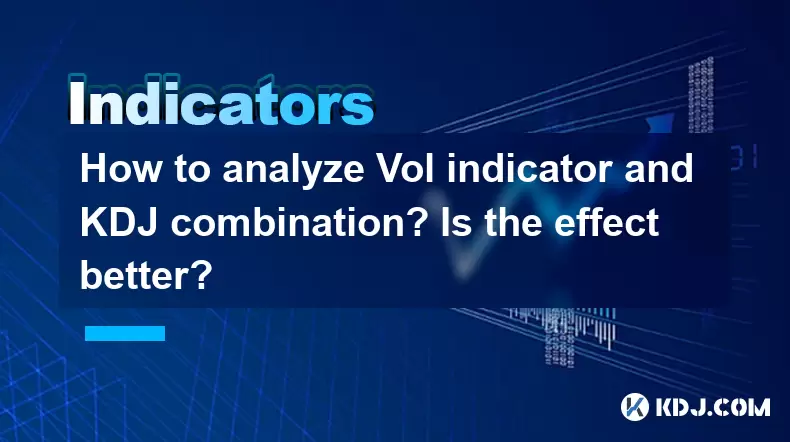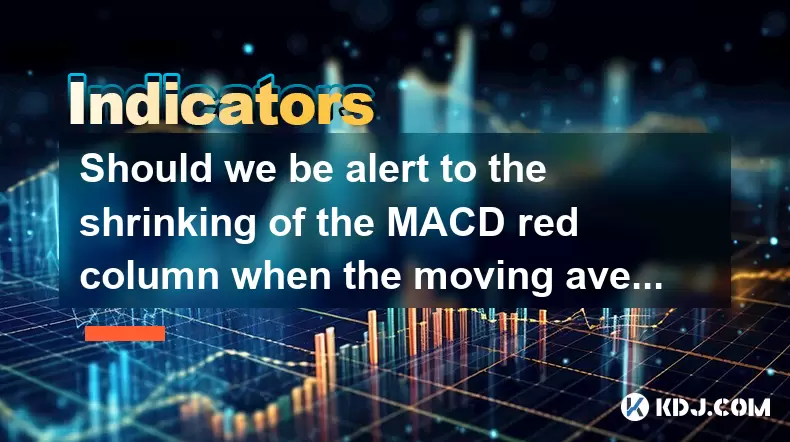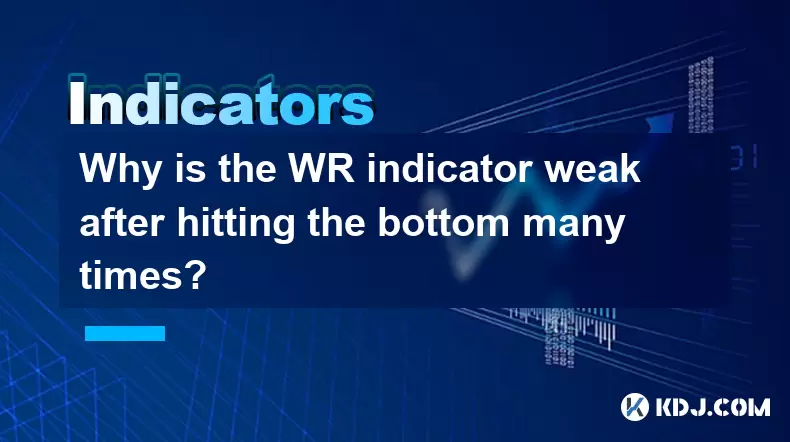-
 Bitcoin
Bitcoin $101,898.5005
-0.75% -
 Ethereum
Ethereum $2,258.1125
-1.07% -
 Tether USDt
Tether USDt $1.0004
0.01% -
 XRP
XRP $2.0178
-2.93% -
 BNB
BNB $624.0243
-1.53% -
 Solana
Solana $134.3298
-0.90% -
 USDC
USDC $0.9999
0.01% -
 TRON
TRON $0.2675
-2.05% -
 Dogecoin
Dogecoin $0.1538
-1.96% -
 Cardano
Cardano $0.5482
-1.11% -
 Hyperliquid
Hyperliquid $35.5636
5.45% -
 Bitcoin Cash
Bitcoin Cash $453.4902
-1.66% -
 Sui
Sui $2.5134
-2.97% -
 UNUS SED LEO
UNUS SED LEO $9.1292
1.77% -
 Chainlink
Chainlink $11.8457
-1.60% -
 Stellar
Stellar $0.2312
-2.73% -
 Avalanche
Avalanche $16.9721
0.29% -
 Toncoin
Toncoin $2.7549
-3.82% -
 Shiba Inu
Shiba Inu $0.0...01081
-1.10% -
 Litecoin
Litecoin $80.8250
-0.71% -
 Hedera
Hedera $0.1374
0.21% -
 Monero
Monero $305.4827
-2.36% -
 Ethena USDe
Ethena USDe $1.0006
0.00% -
 Dai
Dai $1.0000
-0.01% -
 Polkadot
Polkadot $3.2085
-3.12% -
 Bitget Token
Bitget Token $4.0845
-3.13% -
 Uniswap
Uniswap $6.3353
-1.63% -
 Pi
Pi $0.5085
-0.70% -
 Pepe
Pepe $0.0...08913
-3.82% -
 Aave
Aave $232.7090
-0.58%
How to analyze Vol indicator and KDJ combination? Is the effect better?
The Vol indicator and KDJ combination enhances crypto trading by confirming trends and potential reversals, offering a more robust analysis for traders.
May 23, 2025 at 03:00 pm

The Vol indicator and KDJ combination is a popular strategy among cryptocurrency traders looking to enhance their market analysis. The Vol indicator, short for Volume, measures the total amount of trading activity for a given asset over a specific period. The KDJ, on the other hand, is an oscillator used to gauge momentum and potential price reversals. Combining these two can provide a more comprehensive view of market trends and potential trading opportunities. This article will explore how to analyze the Vol indicator and KDJ combination and discuss whether the effect is better.
Understanding the Vol Indicator
The Vol indicator is a fundamental tool in technical analysis that displays the number of shares or contracts traded within a certain timeframe. In the context of cryptocurrency, it shows the number of coins traded. High volume levels can indicate strong interest in an asset, while low volume may suggest a lack of interest or a consolidation period.
To use the Vol indicator effectively, traders should look for volume spikes that coincide with price movements. For instance, if the price of a cryptocurrency rises on high volume, it suggests strong buying pressure and a potential continuation of the upward trend. Conversely, if the price falls on high volume, it indicates strong selling pressure and a possible further decline.
Understanding the KDJ Indicator
The KDJ indicator is a technical indicator used to identify overbought and oversold conditions in the market. It consists of three lines: K, D, and J. The K line is the fastest, the D line is a moving average of K, and the J line is calculated based on K and D. The KDJ indicator oscillates between 0 and 100, with readings above 80 considered overbought and readings below 20 considered oversold.
Traders use the KDJ to look for potential reversal points. When the K line crosses above the D line and both are below 20, it may signal a buying opportunity. Conversely, when the K line crosses below the D line and both are above 80, it may indicate a selling opportunity. The J line is used to confirm these signals, as extreme values of J can indicate strong momentum.
Combining Vol and KDJ Indicators
Combining the Vol indicator and the KDJ indicator can provide a more robust trading strategy. The Vol indicator can help confirm the strength of a trend identified by the KDJ. Here’s how to analyze the combination effectively:
Identify a Trend with KDJ: Start by looking at the KDJ indicator to identify potential trend reversals. For example, if the K line crosses above the D line below the 20 level, it may indicate a bullish reversal.
Confirm with Volume: Once a potential reversal is identified, check the Vol indicator to see if the volume supports the reversal. A bullish reversal should be accompanied by increasing volume, indicating strong buying interest.
Watch for Divergence: Look for divergence between the price and the KDJ indicator. If the price is making new lows but the KDJ is making higher lows, it could signal a bullish reversal, especially if volume is increasing.
Set Entry and Exit Points: Use the combination to set entry and exit points. For instance, enter a long position when the KDJ signals a bullish reversal and volume confirms it. Exit the position when the KDJ signals an overbought condition and volume starts to decline.
Case Study: Analyzing a Cryptocurrency Chart
Let’s consider a practical example of analyzing a cryptocurrency chart using the Vol indicator and KDJ combination.
Step 1: Open the Chart: Open a chart of a cryptocurrency on a trading platform that supports both Vol and KDJ indicators.
Step 2: Add Indicators: Add the Vol indicator and the KDJ indicator to the chart. Ensure the KDJ settings are standard (9, 3, 3) for consistency.
Step 3: Identify a Potential Reversal: Look for a situation where the K line crosses above the D line below the 20 level, indicating a potential bullish reversal.
Step 4: Confirm with Volume: Check the Vol indicator to see if the volume is increasing around the time of the KDJ signal. If the volume is rising, it supports the bullish reversal.
Step 5: Monitor for Divergence: Keep an eye on the price and KDJ for any divergence. If the price is making lower lows but the KDJ is making higher lows, it strengthens the case for a bullish reversal.
Step 6: Set Entry and Exit Points: Based on the signals, enter a long position when the KDJ and volume confirm the bullish reversal. Set an exit point when the KDJ reaches overbought levels and volume starts to decline.
Is the Effect Better?
The effect of combining the Vol indicator and KDJ can indeed be better than using either indicator alone. The Vol indicator provides insight into the strength of market moves, while the KDJ helps identify potential reversal points. Together, they can offer a more complete picture of market dynamics.
For instance, the KDJ might signal a potential reversal, but without the confirmation from the Vol indicator, the signal might be less reliable. Conversely, a volume spike without a corresponding KDJ signal might be a false breakout. By using both indicators, traders can increase the probability of successful trades.
Practical Tips for Using Vol and KDJ
Here are some practical tips for effectively using the Vol indicator and KDJ combination:
Use Multiple Timeframes: Analyze the indicators on different timeframes to get a broader view of the market. For example, confirm a signal on a daily chart with a weekly chart.
Combine with Other Indicators: Consider using additional indicators like moving averages or RSI to further validate signals from the Vol and KDJ.
Stay Informed: Keep up with market news and events that could affect volume and price movements. Sudden news can cause spikes in volume that may not be reflected in the KDJ.
Backtest Your Strategy: Before applying the Vol and KDJ combination to live trading, backtest it on historical data to see how it would have performed in the past.
FAQs
Q1: Can the Vol and KDJ combination be used for short-term trading?
Yes, the Vol and KDJ combination can be effectively used for short-term trading. By analyzing shorter timeframes, such as 15-minute or 1-hour charts, traders can identify quick entry and exit points based on the signals from both indicators.
Q2: Are there any specific cryptocurrencies where this combination works better?
The Vol and KDJ combination can be applied to any cryptocurrency, but it may work better on more liquid assets with higher trading volumes, such as Bitcoin and Ethereum. These cryptocurrencies tend to have more reliable volume data, which can enhance the effectiveness of the strategy.
Q3: How can I avoid false signals when using the Vol and KDJ combination?
To avoid false signals, always look for confirmation from both indicators. A KDJ signal should be supported by a corresponding volume spike. Additionally, consider using other indicators like moving averages or RSI to cross-validate signals before entering a trade.
Q4: Can I use the Vol and KDJ combination for automated trading?
Yes, the Vol and KDJ combination can be programmed into automated trading systems. By setting specific conditions for the indicators, such as KDJ crossovers and volume thresholds, traders can automate their strategy. However, it’s crucial to backtest the system thoroughly to ensure its effectiveness.
Disclaimer:info@kdj.com
The information provided is not trading advice. kdj.com does not assume any responsibility for any investments made based on the information provided in this article. Cryptocurrencies are highly volatile and it is highly recommended that you invest with caution after thorough research!
If you believe that the content used on this website infringes your copyright, please contact us immediately (info@kdj.com) and we will delete it promptly.
- DOGE Recovery Amid US-Iran Tensions: A Market Rollercoaster
- 2025-06-23 20:45:13
- Fiserv, PayPal, and Stablecoins: A New Era of Interoperability?
- 2025-06-23 20:45:13
- Hacken Token's Wild Ride: Minting Exploit and the Cryptocurrency Crash
- 2025-06-23 21:05:12
- Dogecoin, Cloud Mining, and Blockchain: A Meme's Evolution
- 2025-06-23 21:25:12
- Layer 1 Turmoil: CEO Ousted Amidst Scam Allegations
- 2025-06-23 21:05:12
- Solana's Stumble: Price Crash and Network Exodus?
- 2025-06-23 21:25:12
Related knowledge

What is the significance of the gap formed by the gap opening not being filled within five days?
Jun 23,2025 at 09:42pm
Understanding Gaps in Cryptocurrency TradingIn the world of cryptocurrency trading, a gap refers to a situation where the price of an asset jumps from one level to another without any trading activity occurring between those two levels. This often happens over weekends or holidays when the market is closed, and significant news or events occur that impa...

Does the second golden cross of MACD above the zero axis represent the continuation of strength?
Jun 23,2025 at 08:21pm
Understanding the MACD IndicatorThe Moving Average Convergence Divergence (MACD) is a widely used technical analysis tool in cryptocurrency trading. It consists of three main components: the MACD line, the signal line, and the histogram. The MACD line is calculated by subtracting the 26-period Exponential Moving Average (EMA) from the 12-period EMA. The...

Is it effective when the DIF line suddenly crosses the zero axis when the volume is shrinking and the market is trading sideways?
Jun 23,2025 at 07:29pm
Understanding the DIF Line in Technical AnalysisThe DIF line, or the Difference Line, is a critical component of the MACD (Moving Average Convergence Divergence) indicator, widely used in technical analysis across cryptocurrency and traditional financial markets. It represents the difference between the 12-period EMA (Exponential Moving Average) and the...

Should we be alert to the shrinking of the MACD red column when the moving average is arranged in a bullish pattern?
Jun 23,2025 at 08:14pm
Understanding the MACD Red Column and Its SignificanceThe Moving Average Convergence Divergence (MACD) is a widely used technical indicator in cryptocurrency trading. It consists of three main components: the MACD line, the signal line, and the MACD histogram (the red column). The red column represents the difference between the MACD line and the signal...

Why is the WR indicator weak after hitting the bottom many times?
Jun 23,2025 at 07:56pm
Understanding the WR Indicator in Cryptocurrency TradingThe Williams %R (WR) indicator is a momentum oscillator used by traders to identify overbought and oversold levels in the market. It ranges from 0 to -100, with readings above -20 considered overbought and below -80 considered oversold. In the context of cryptocurrency trading, where volatility is ...

Is the shrinking cross star after the historical high a signal of topping?
Jun 23,2025 at 05:56pm
Understanding the Shrinking Cross Star PatternIn technical analysis, candlestick patterns are essential tools for traders to predict potential price movements. One such pattern is the shrinking cross star, which appears as a small-bodied candle with long upper and lower shadows, indicating indecision in the market. When this pattern forms after an asset...

What is the significance of the gap formed by the gap opening not being filled within five days?
Jun 23,2025 at 09:42pm
Understanding Gaps in Cryptocurrency TradingIn the world of cryptocurrency trading, a gap refers to a situation where the price of an asset jumps from one level to another without any trading activity occurring between those two levels. This often happens over weekends or holidays when the market is closed, and significant news or events occur that impa...

Does the second golden cross of MACD above the zero axis represent the continuation of strength?
Jun 23,2025 at 08:21pm
Understanding the MACD IndicatorThe Moving Average Convergence Divergence (MACD) is a widely used technical analysis tool in cryptocurrency trading. It consists of three main components: the MACD line, the signal line, and the histogram. The MACD line is calculated by subtracting the 26-period Exponential Moving Average (EMA) from the 12-period EMA. The...

Is it effective when the DIF line suddenly crosses the zero axis when the volume is shrinking and the market is trading sideways?
Jun 23,2025 at 07:29pm
Understanding the DIF Line in Technical AnalysisThe DIF line, or the Difference Line, is a critical component of the MACD (Moving Average Convergence Divergence) indicator, widely used in technical analysis across cryptocurrency and traditional financial markets. It represents the difference between the 12-period EMA (Exponential Moving Average) and the...

Should we be alert to the shrinking of the MACD red column when the moving average is arranged in a bullish pattern?
Jun 23,2025 at 08:14pm
Understanding the MACD Red Column and Its SignificanceThe Moving Average Convergence Divergence (MACD) is a widely used technical indicator in cryptocurrency trading. It consists of three main components: the MACD line, the signal line, and the MACD histogram (the red column). The red column represents the difference between the MACD line and the signal...

Why is the WR indicator weak after hitting the bottom many times?
Jun 23,2025 at 07:56pm
Understanding the WR Indicator in Cryptocurrency TradingThe Williams %R (WR) indicator is a momentum oscillator used by traders to identify overbought and oversold levels in the market. It ranges from 0 to -100, with readings above -20 considered overbought and below -80 considered oversold. In the context of cryptocurrency trading, where volatility is ...

Is the shrinking cross star after the historical high a signal of topping?
Jun 23,2025 at 05:56pm
Understanding the Shrinking Cross Star PatternIn technical analysis, candlestick patterns are essential tools for traders to predict potential price movements. One such pattern is the shrinking cross star, which appears as a small-bodied candle with long upper and lower shadows, indicating indecision in the market. When this pattern forms after an asset...
See all articles
























































































